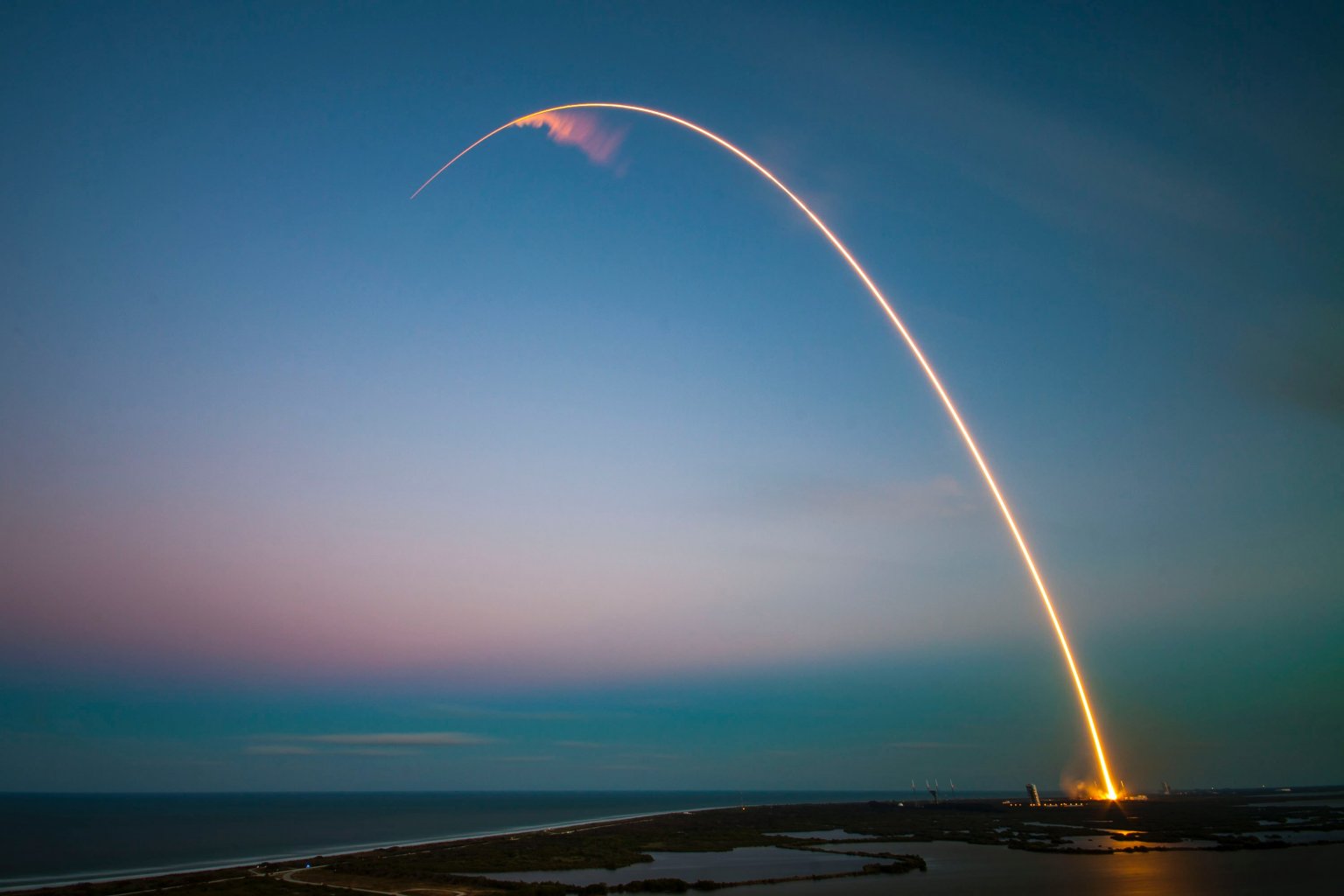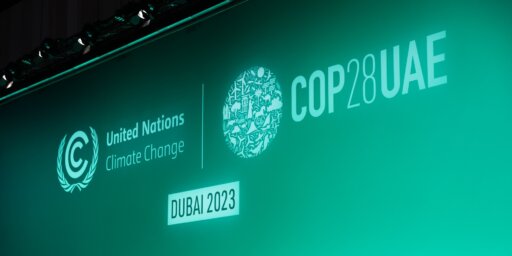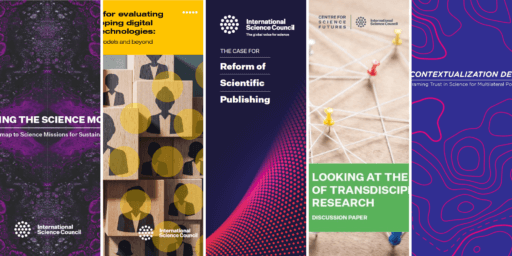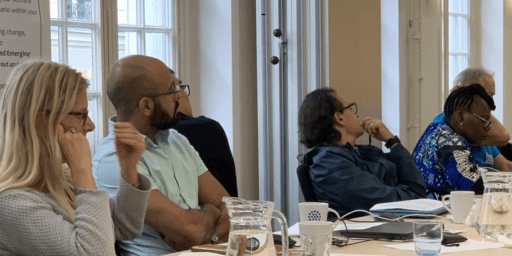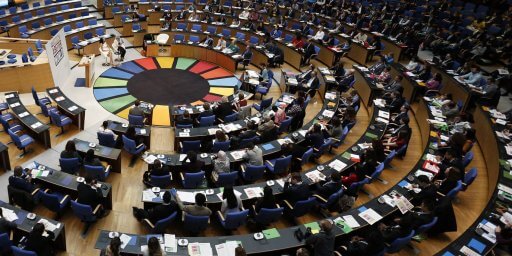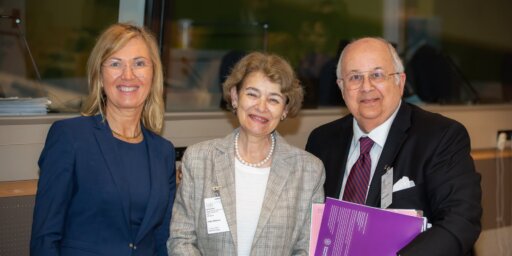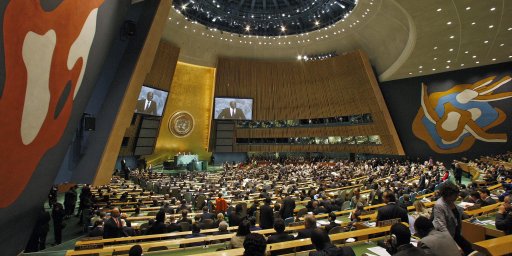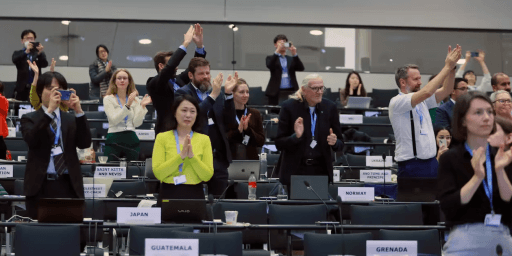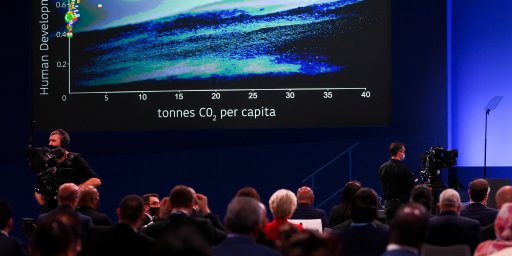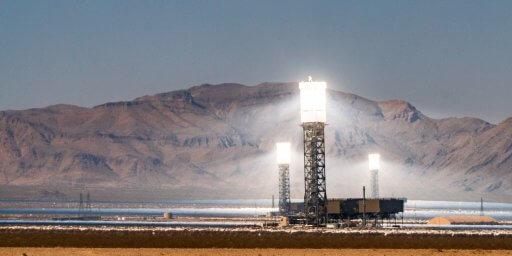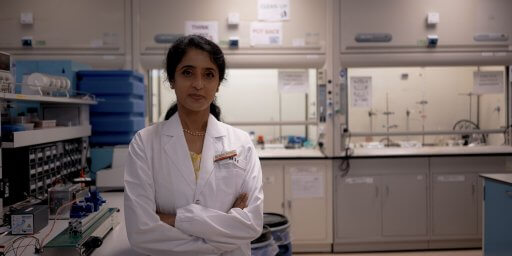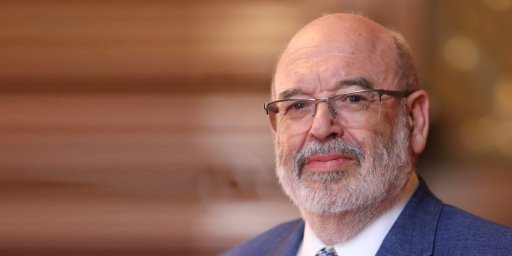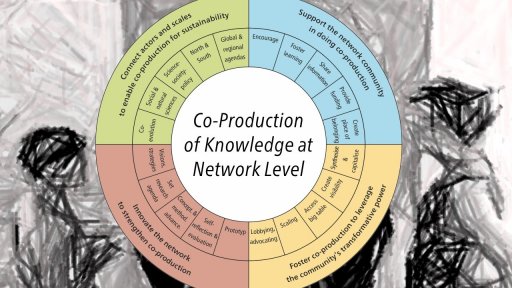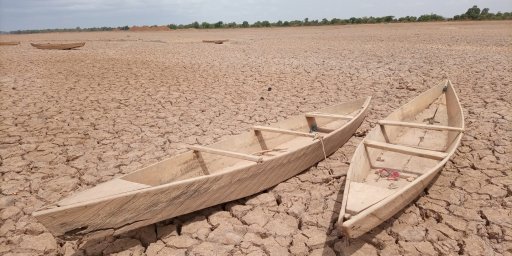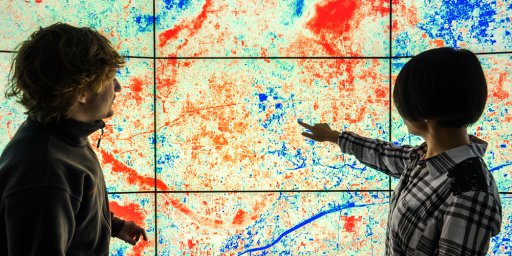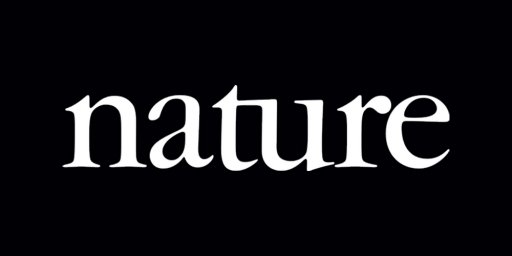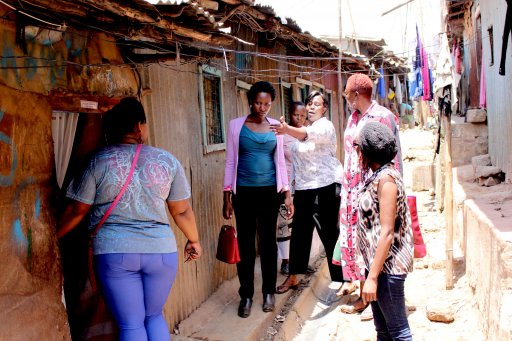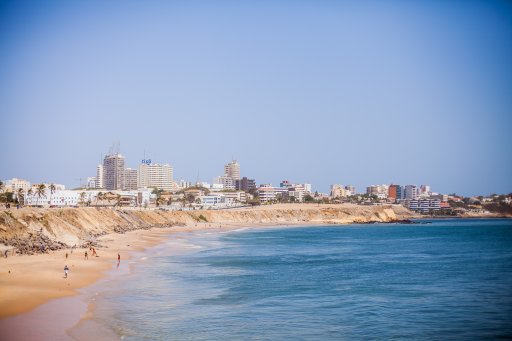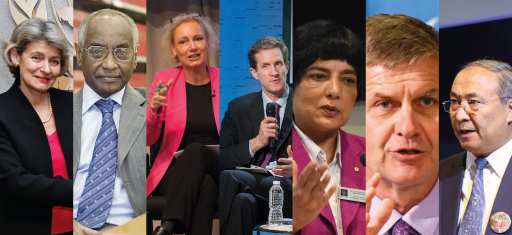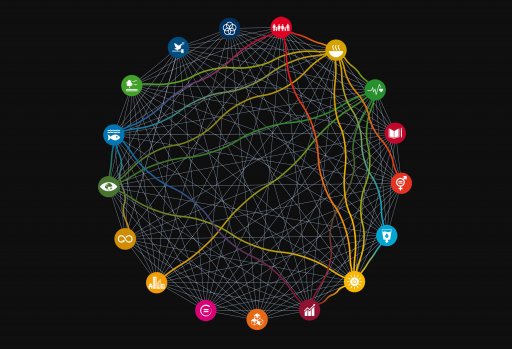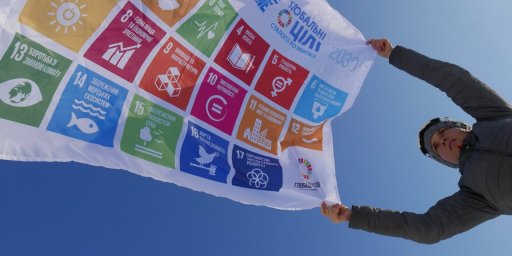Taking a ‘mission-oriented’ or ‘moonshot’ approach to research funding is increasingly seen as an efficient way to leverage research and innovation in order to meet global challenges, such as those identified by the 2030 Agenda and Sustainable Development Goals.
“Mission-oriented research should drive multiple, bottom-up solutions, and have a clear end point: there needs to be a time at which you can say you’ve done what you set out to do.”
Neville Reeve, Head of Sector: Missions at the European Commission.
However, while mission-oriented research and innovation initiatives are multiplying around the world, there is no single definition of what a mission is, or how the mission-oriented approach should be implemented.
In the run-up to the meetings this May of the Global Forum of Funders and the Global Research Council – where mission-oriented research will be a central theme – we’re examining different perspectives on ‘missions’ or ‘moonshots’ in research funding. We start the series with an interview with Neville Reeve, Head of Sector: Missions at the European Commission.
What does ‘moonshot’ or ‘mission-oriented’ research mean to you?
It’s perhaps easiest to explain moonshots by looking at their key characteristics. The economist Mariana Mazzucato has defined moonshots or mission-oriented research as being bold and inspirational, ambitious but realistic, cross-disciplinary and cross-sectoral. Mission-oriented research should drive multiple, bottom-up solutions, and have a clear end point: there needs to be a time at which you can say you’ve done what you set out to do. In order to achieve this you need an integrated approach to research, and in the EU this is about integration on a bigger scale than has been seen before.
It’s crucial that the performance of this kind of mission-oriented research can be reviewed as it’s being undertaken, to allow the research to be steered in different directions as necessary. This might involve creating individual mission managers who can take a big-picture view.
The term ‘moonshot’ for research funding is now being used by a number of different people, not just in Europe. Some of the best examples come from Japan.
How is mission-oriented research informing the European Commission’s approach to research funding, and particularly the development of Horizon Europe? What’s different about the new approach?
It’s a shift from unstructured, bottom-up processes for organizing research projects to something that seeks to apply a logic to the way research is carried out. But success will not just be about Research and Innovation – there are so many other things that will be influential in the success of these missions. Taking a broad view will be key – if we limit this to Research and Innovation we will not be successful. We need to connect across the Commission and Member States.
Who has been involved in the efforts to define appropriate missions? Is this process still ongoing? What’s next?
We’re working on five broad mission areas, which are described in the draft legislation for Horizon Europe, and are the result of the negotiations with EU member states and the European Parliament. They are: adaptation to climate change including societal transformation; cancer; climate-neutral and smart cities; healthy oceans, seas, coastal and inland waters; and soil health and food.
The first job is then to identify possible, practical missions for each of those areas. This is being done with the help of Mission Boards, each comprising up to 15 experts. Their role is to advise on the identification of specific missions across each of these areas. The Boards were set up in mid-2019, and it is expected they will put forward their proposals by the end of May, for one or more missions. In addition, each mission area has an Assembly bringing together up to 30 experts in each, which may be consulted and asked to provide inputs, especially by the Mission Boards. These also involve representatives of civil society organizations.
As the work accelerates, it’s clear there will be a lot of effort on how to fine-tune this structure; how to get the best out of it in terms of advice and open dialogue with the Member States, and involving citizens. The success of the mission will depend to a great degree on the extent to which the mission title, and what is to be achieved, resonates with and is supported by citizens throughout the life of the mission.
This is the first in a series of blogs examining ideas of ‘moonshot’ or ‘mission-oriented research’. Future interviews will look at how the approach is being implemented in different world regions, and examine any knowledge gaps. Interested in contributing to the debate? Contact lizzie.sayer@council.science to find out more.
